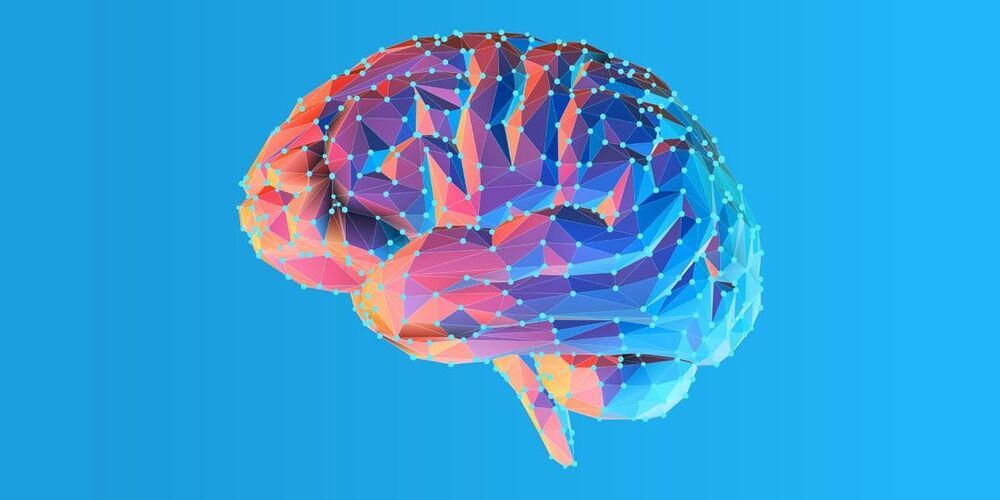Up to 97 percent of organizations reported facing mobile threats that used multiple attack vectors during 2020, as cybercriminals continue to adopt new tactics to target mobile devices.



MIT Technology Review Insights, in association with AI cybersecurity company Darktrace, surveyed more than 300 C-level executives, directors, and managers worldwide to understand how they’re addressing the cyberthreats they’re up against—and how to use AI to help fight against them.
Cyberattacks continue to grow in prevalence and sophistication. With the ability to disrupt business operations, wipe out critical data, and cause reputational damage, they pose an existential threat to businesses, critical services, and infrastructure. Today’s new wave of attacks is outsmarting and outpacing humans, and even starting to incorporate artificial intelligence (AI). What’s known as “offensive AI” will enable cybercriminals to direct targeted attacks at unprecedented speed and scale while flying under the radar of traditional, rule-based detection tools.
Some of the world’s largest and most trusted organizations have already fallen victim to damaging cyberattacks, undermining their ability to safeguard critical data. With offensive AI on the horizon, organizations need to adopt new defenses to fight back: the battle of algorithms has begun.

Controversy has shrouded the once-common plasticizer BPA since studies started to highlight its links to a whole range of adverse health effects in humans, but recent research has also shown that its substitutes mightn’t be all that safe either. A new study has investigated how these compounds impact nerve cells in the adult brain, with the authors finding that they likely permanently disrupt signal transmission, and also interfere with neural circuits involved in perception.
BPA, or bisphenol A, is a chemical that has been commonly used in food, beverage and other types of packaging for decades, but experts have grown increasingly concerned that it can leech into these consumables and impact human health in ways ranging from endocrine dysfunction to cancer. This came on the back of scientific studies revealing such links dating back to the 1990s, which in turn saw the rise of “BPA-free” plastics as a safer alternative.
One of those alternatives is bisphenol S (BPS), and while it allows plastic manufacturers to slap a BPA-free label on their packaging, more and more research is demonstrating that it mightn’t be much better for us. As just one example, a study last year showed through experiments on mice that just like BPA, BPS can alter the expression of genes in the placenta and likely fundamentally disrupt fetal brain development.

Microsoft Mesh enables presence and shared experiences from anywhere – on any device – through mixed reality applications.
Mesh allows for connections with new depth and dimension. As digital intelligence comes to the real world, we’re now able to see, share, and collaborate on content that persists. This common understanding ignites ideas, sparks creativity, and forms powerful bonds.
Read the article: https://aka.ms/MicrosoftMesh.
Enjoy this video with Audio Description: https://youtu.be/uGpCB2YKmZs.
Follow us on social:
LinkedIn: https://www.linkedin.com/company/microsoft/
Twitter: https://twitter.com/Microsoft.
Facebook: https://www.facebook.com/Microsoft/
Instagram: https://www.instagram.com/microsoft/
For more about Microsoft, our technology, and our mission, visit https://aka.ms/microsoftstories

On April 13, 2021, Astrobotic announced that the Falcon Heavy rocket will launch the Griffin lander carrying NASA’s Volatiles Investigating Polar Exploration Rover (VIPER) to the moon.
Credit: Space.com | footage & animations: SpaceX & Astrobotic | produced & edited by Steve Spaleta (http://www.twitter.com/stevespaleta)
NASA’s Perseverance rover captured new imagery on April 13, 2021 of the Red Planet and the Sun. On April 12, NASA announced that Ingenuity needs a software update and will not fly until at least next week. Full Story: https://www.space.com/nasa-delays-mars-helicopter-ingenuity-flight-again.
Credit: Space.com | imagery courtesy: NASA/JPL-Caltech/ASU | produced & edited by Steve Spaleta (http://www.twitter.com/stevespaleta)
Music:“northern lights” by saul guanipa via videohelper.com

A recent study explored whether working memory training can reduce anxiety associated with a particular stressor — exam time. While working memory training did not appear to reduce test anxiety among students, perceived success during the training tasks did. The findings were published in the Journal of Cognitive Enhancement.
People who suffer from anxiety show deficits in working memory function. Working memory is a brain system that allows us to hold on to certain information and use it to guide our decisions and behavior. Scholars have found evidence to suggest that interventions that improve working memory also improve anxiety symptoms.
Little is known about how motivation might affect the success of working memory training on anxiety reduction. The authors of the new study elected to explore this topic among a sample of college students experiencing a particularly stressful season of the academic year — exam time.

Michael D. West talking about regeneration.
[Reuploaded from Vimeo: https://vimeo.com/522148118]
In this video, Dr. Michael West, CEO of AgeX Therapeutics, discusses the non-peer reviewed preprint article in bioRxiv on the potential role of the clustered protocadherin genes in regeneration, aging, and cancer, and the relevance of the discovery for iTR product development.
Full paper: https://www.biorxiv.org/content/10.1101/2021.03.07.434314v1.full.